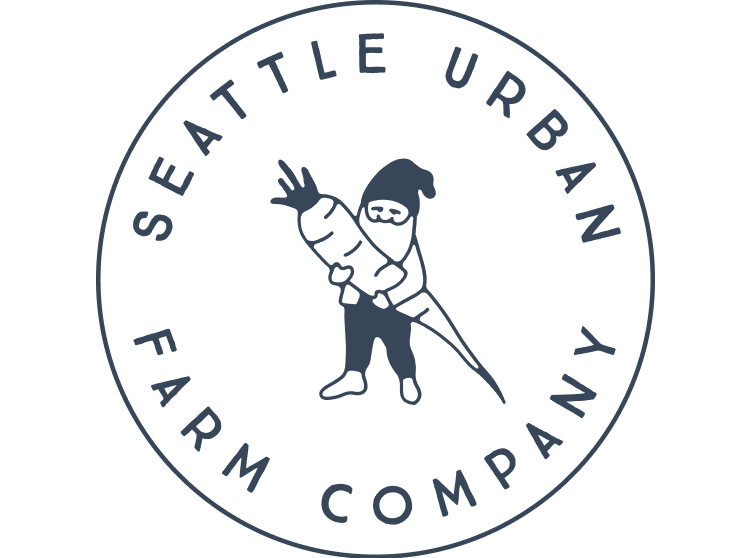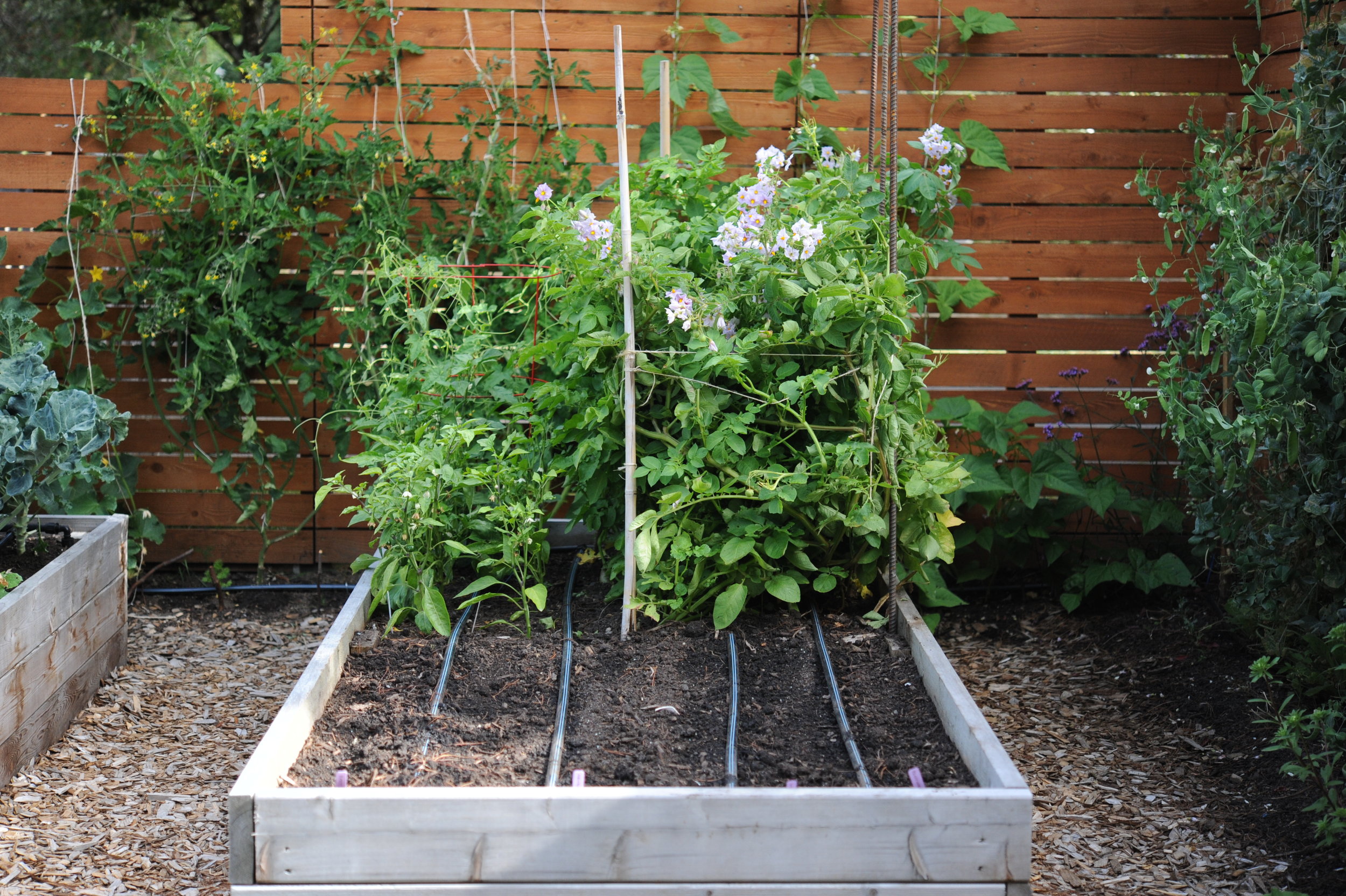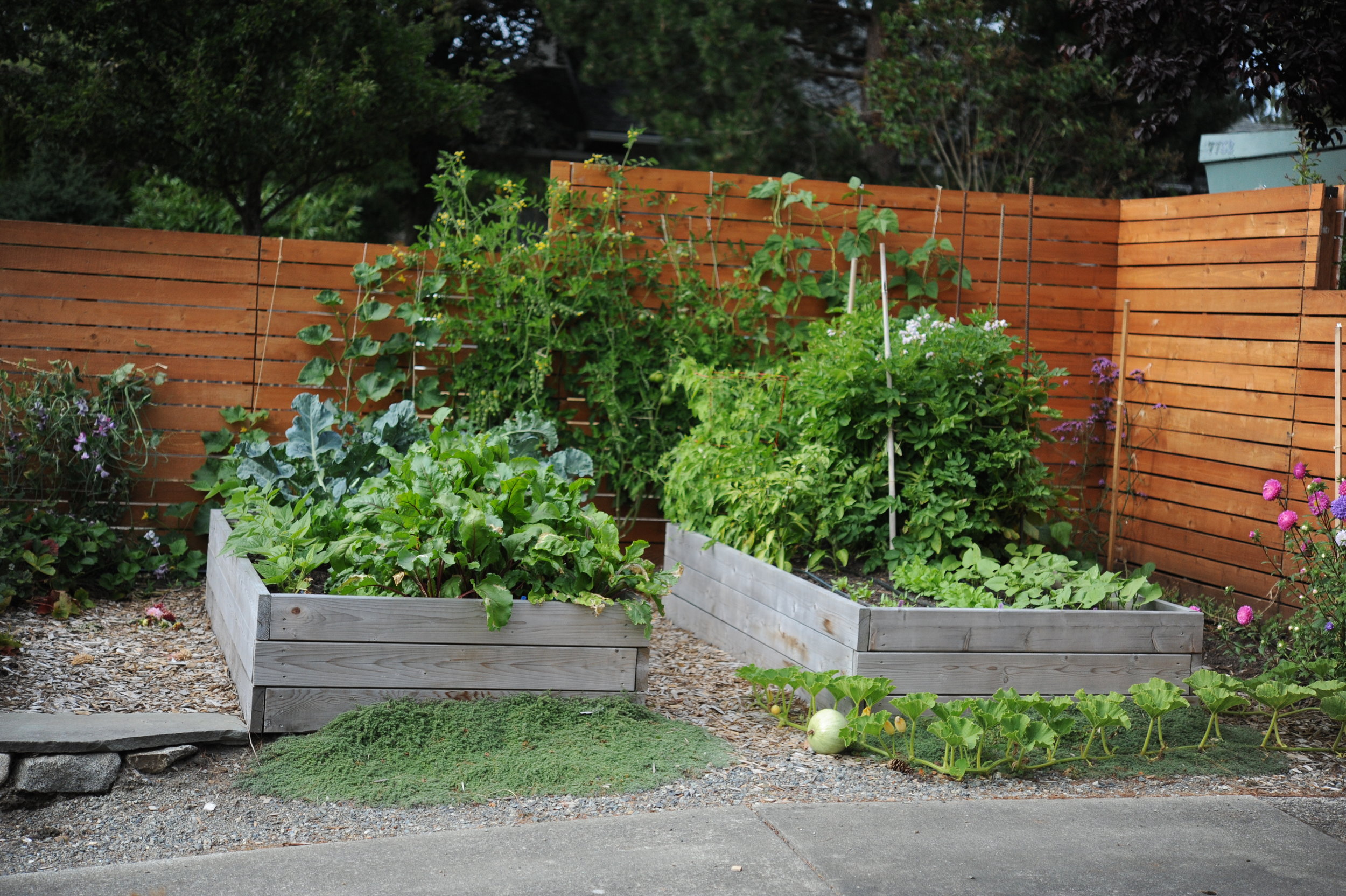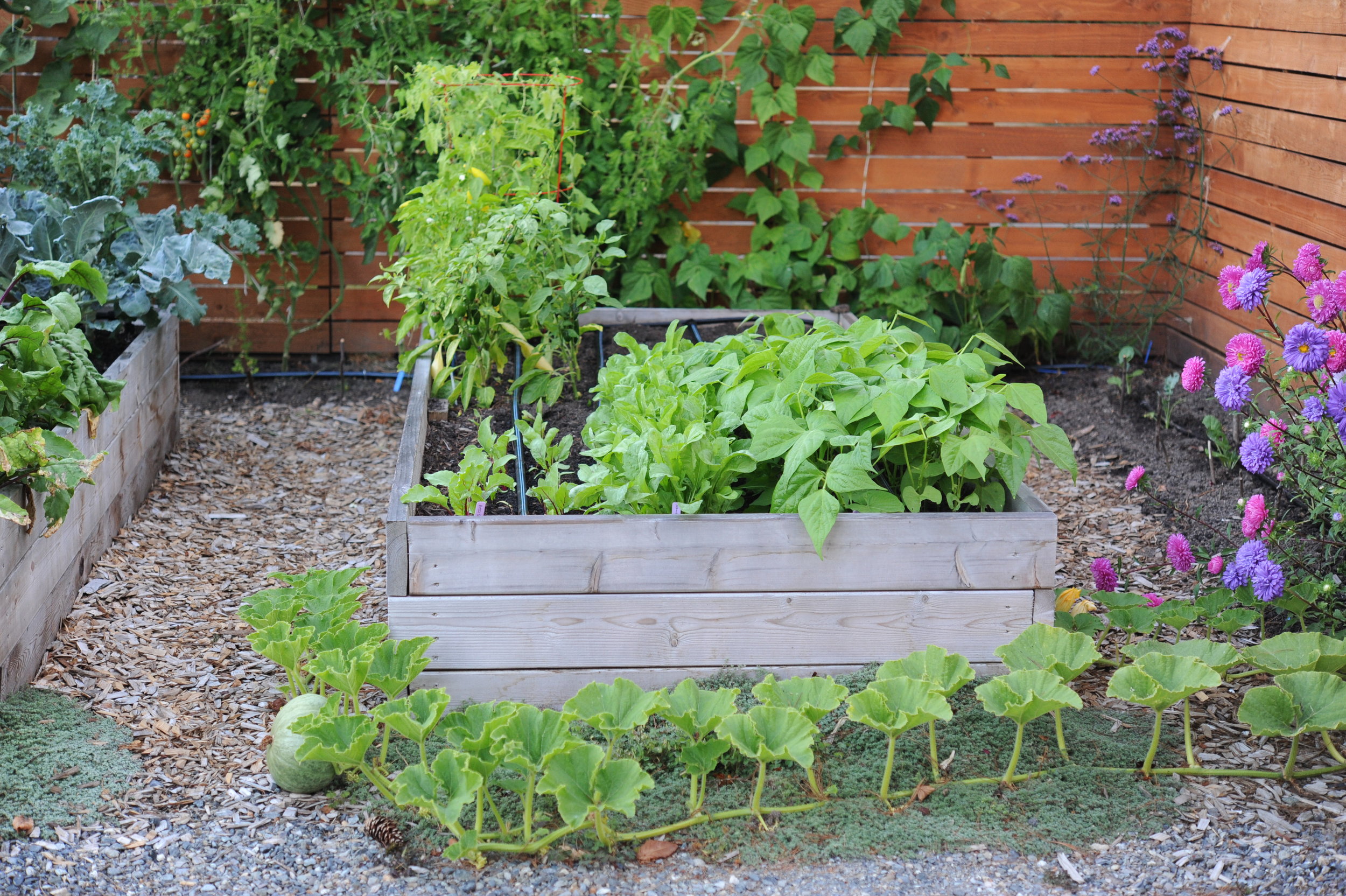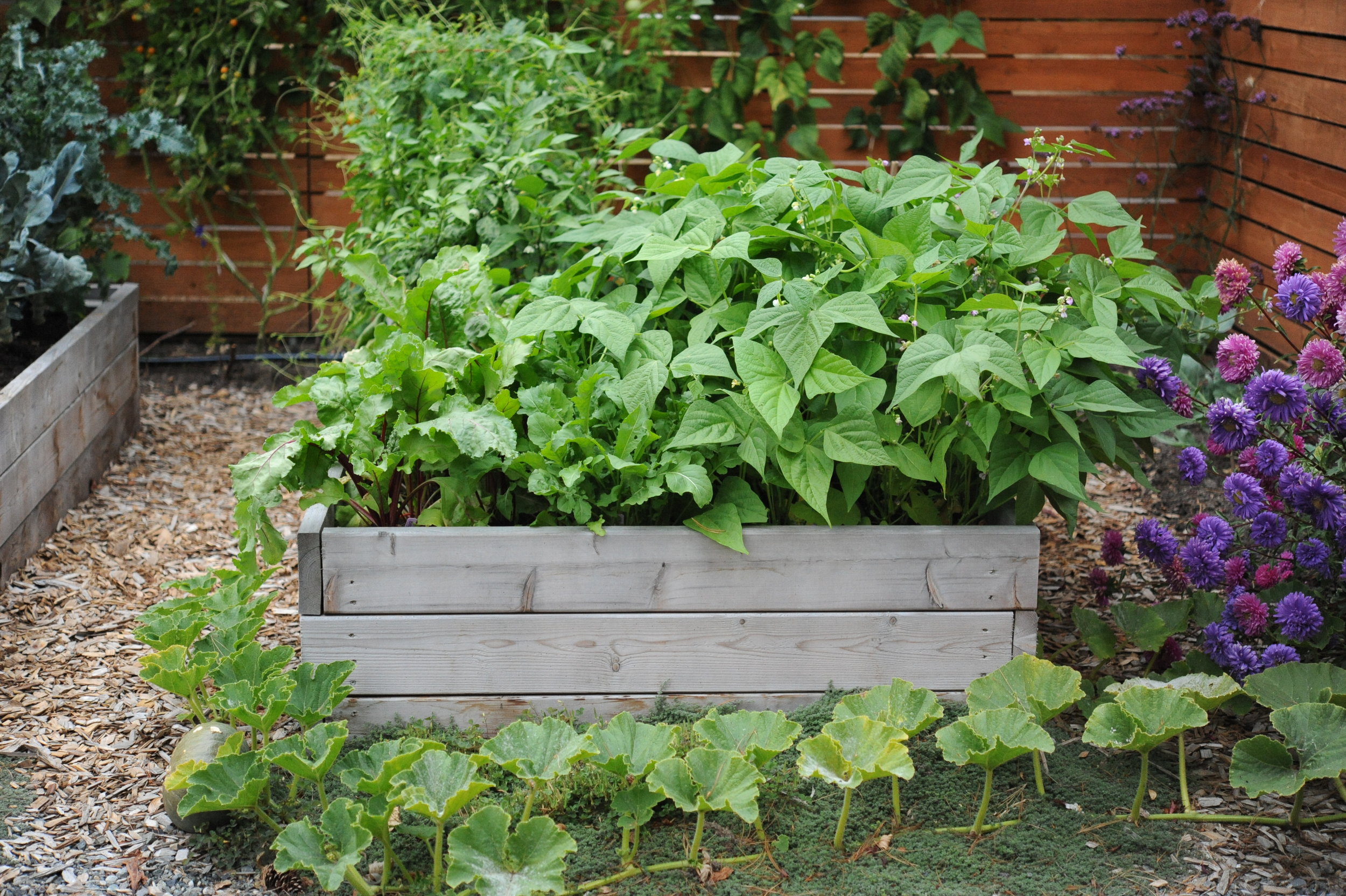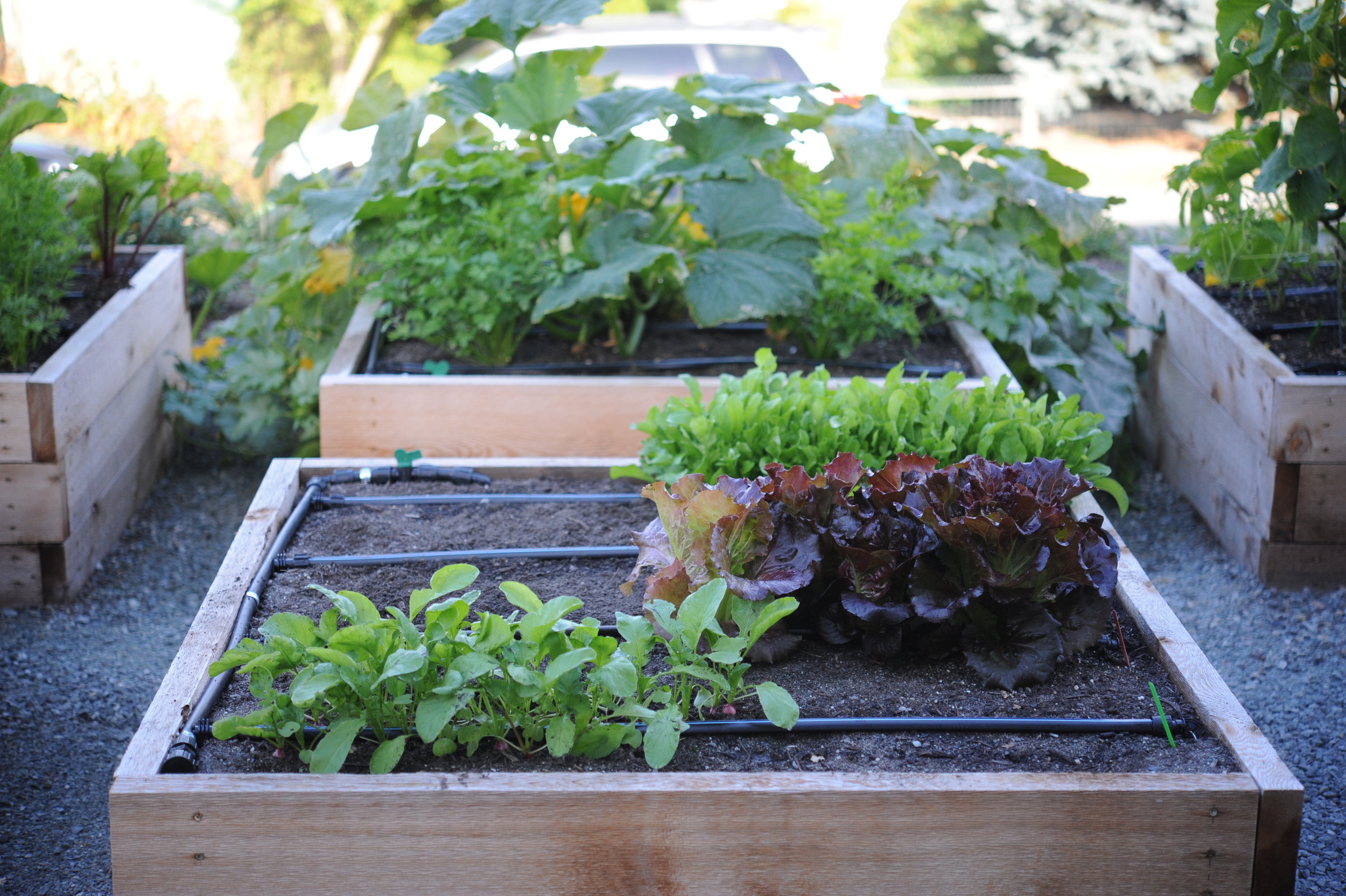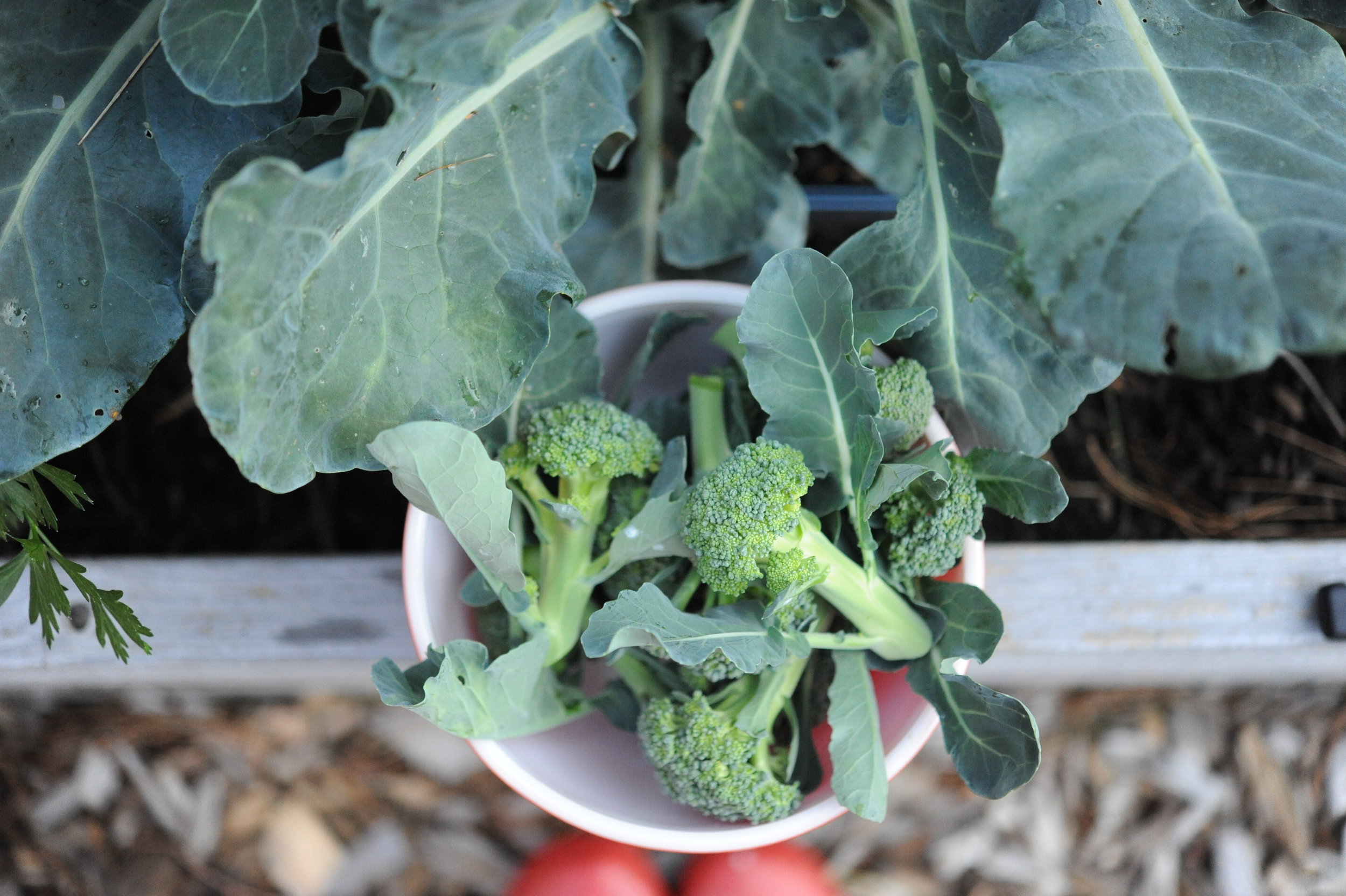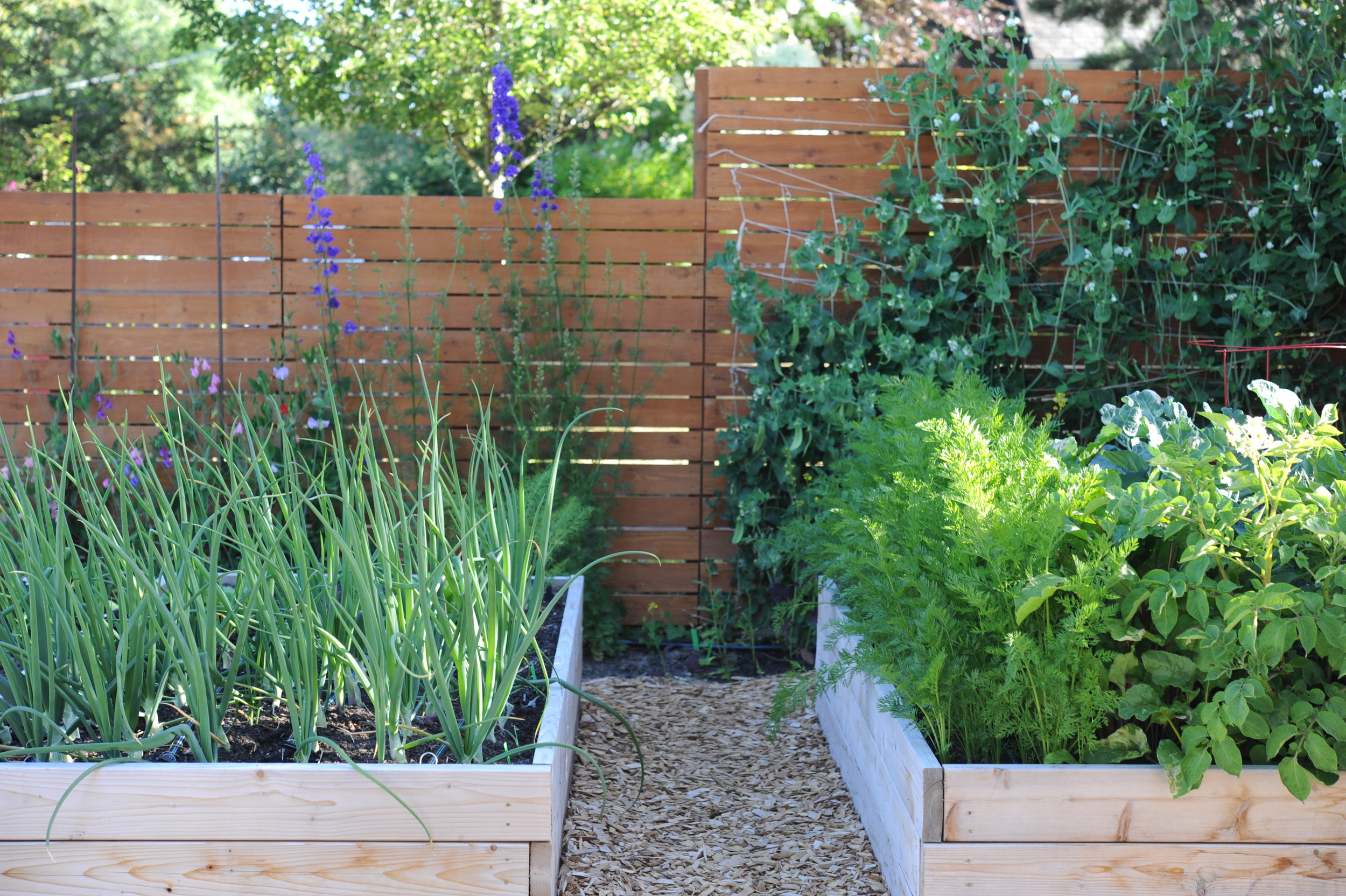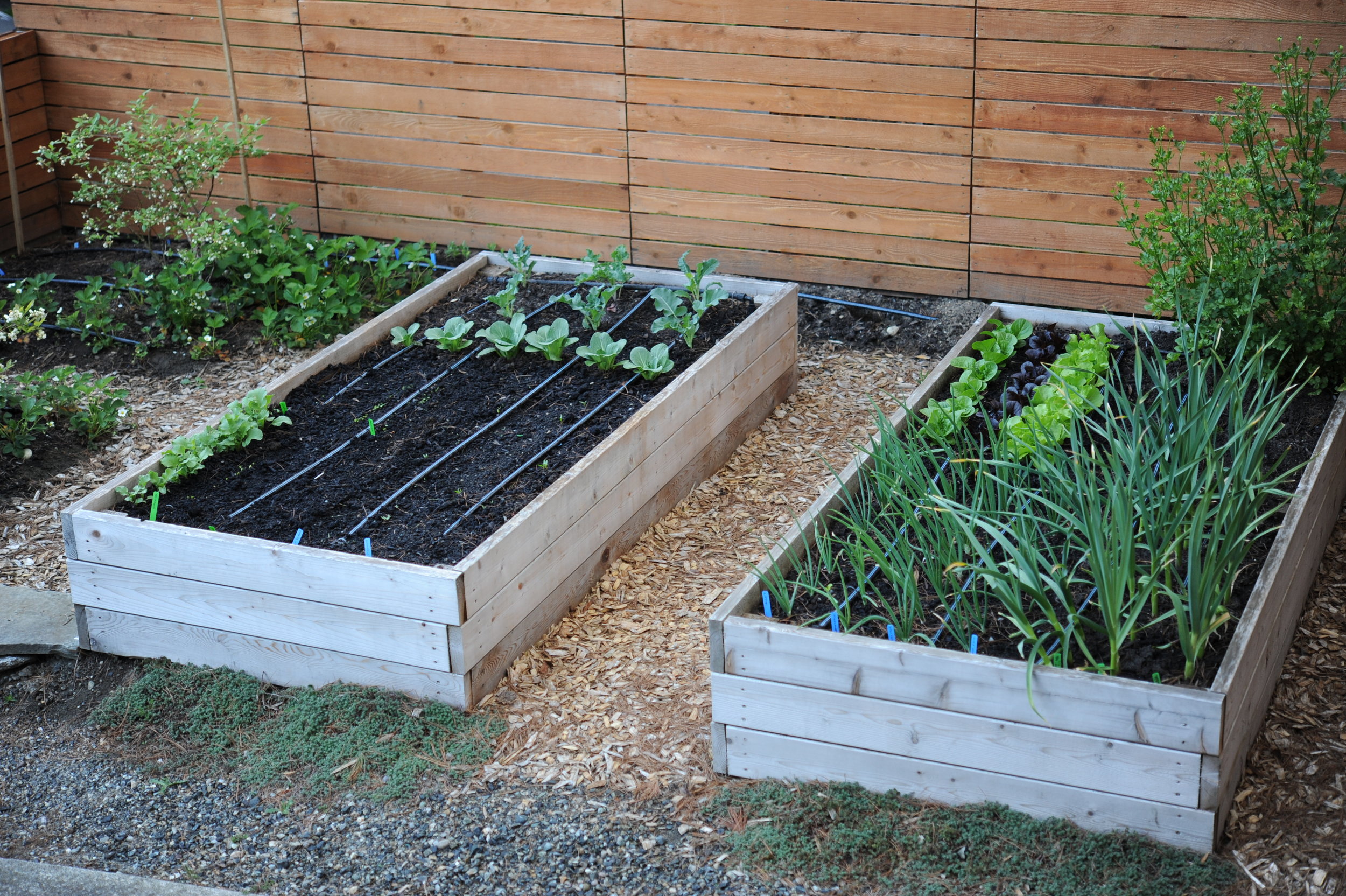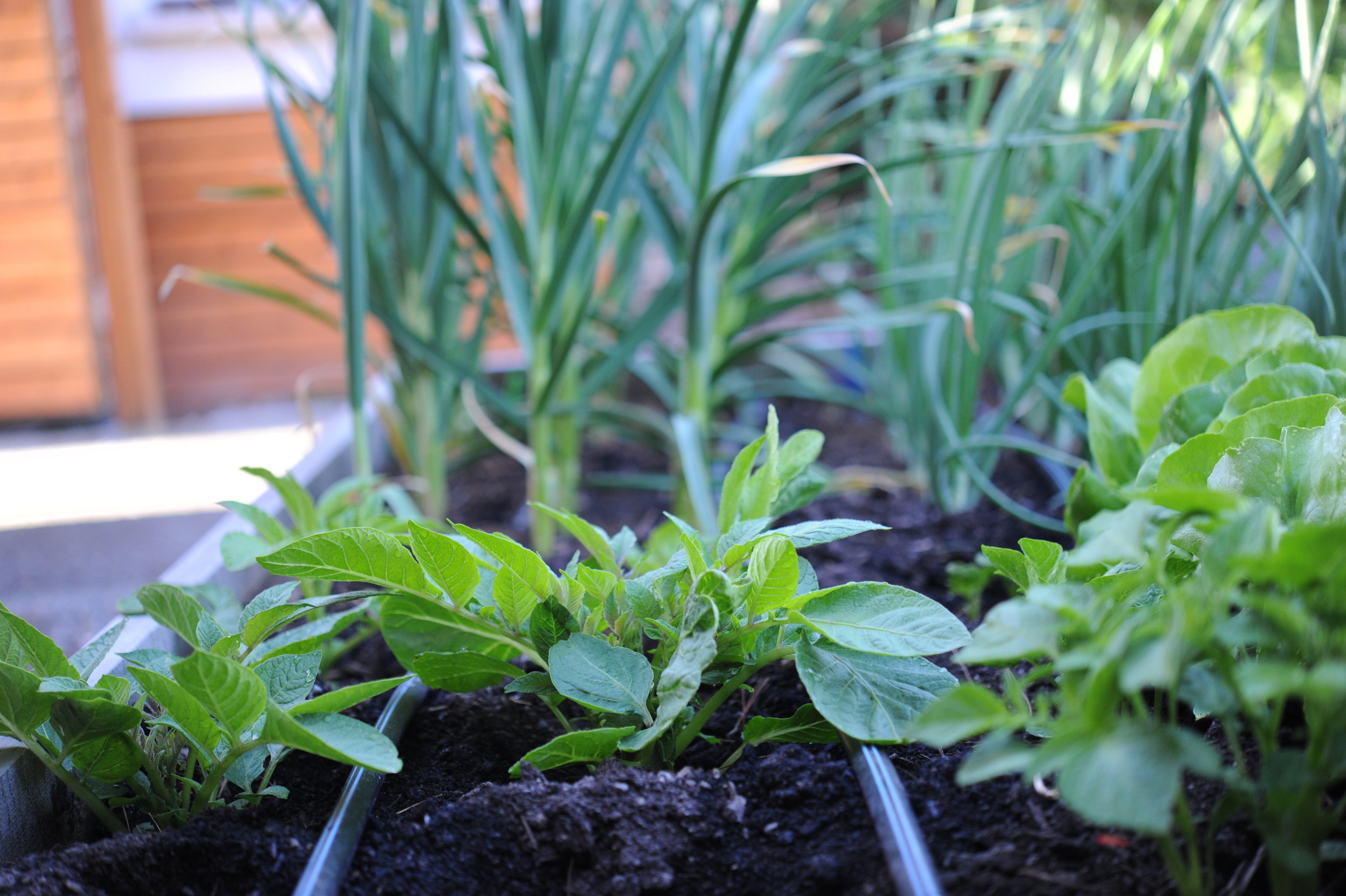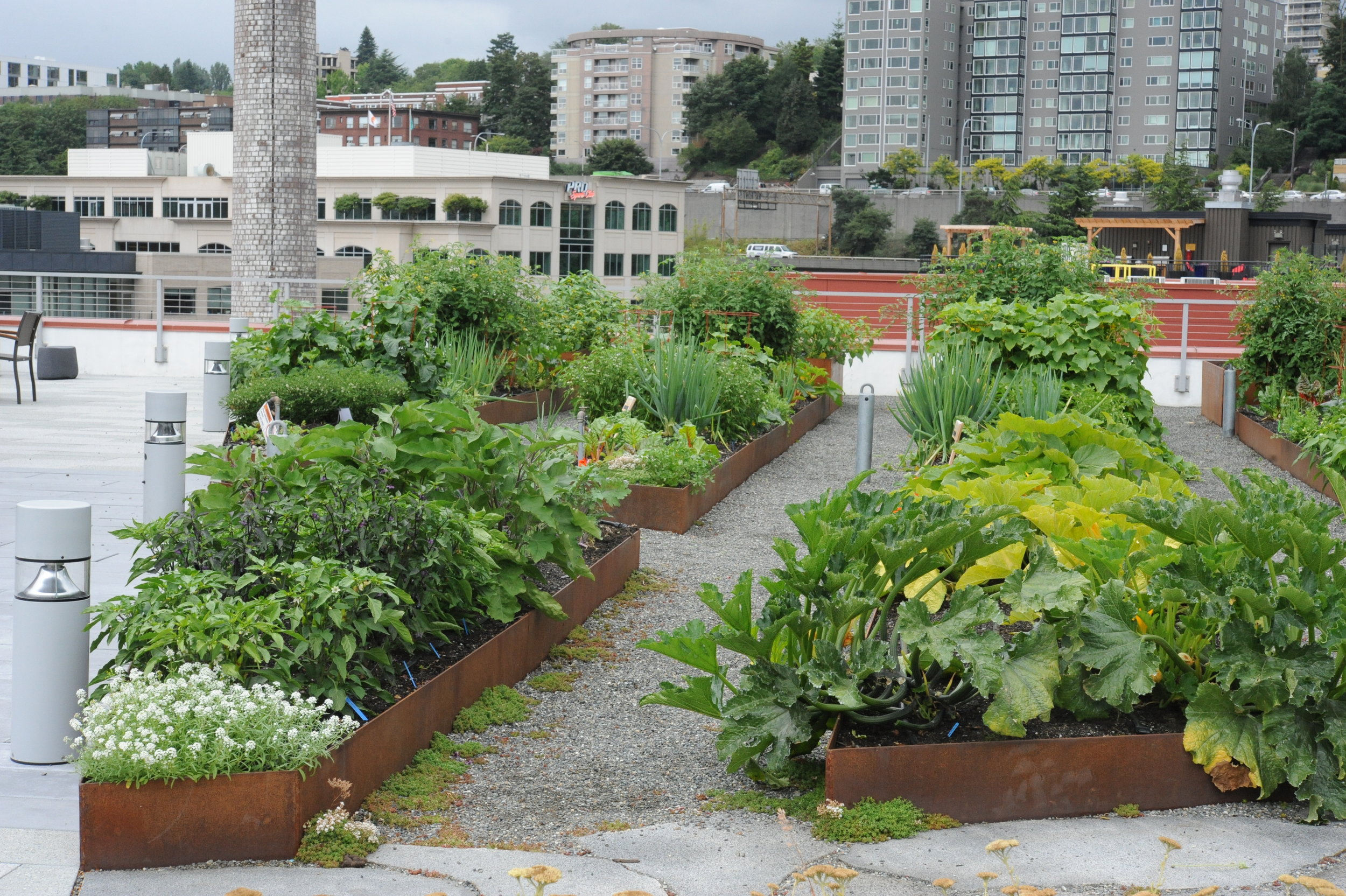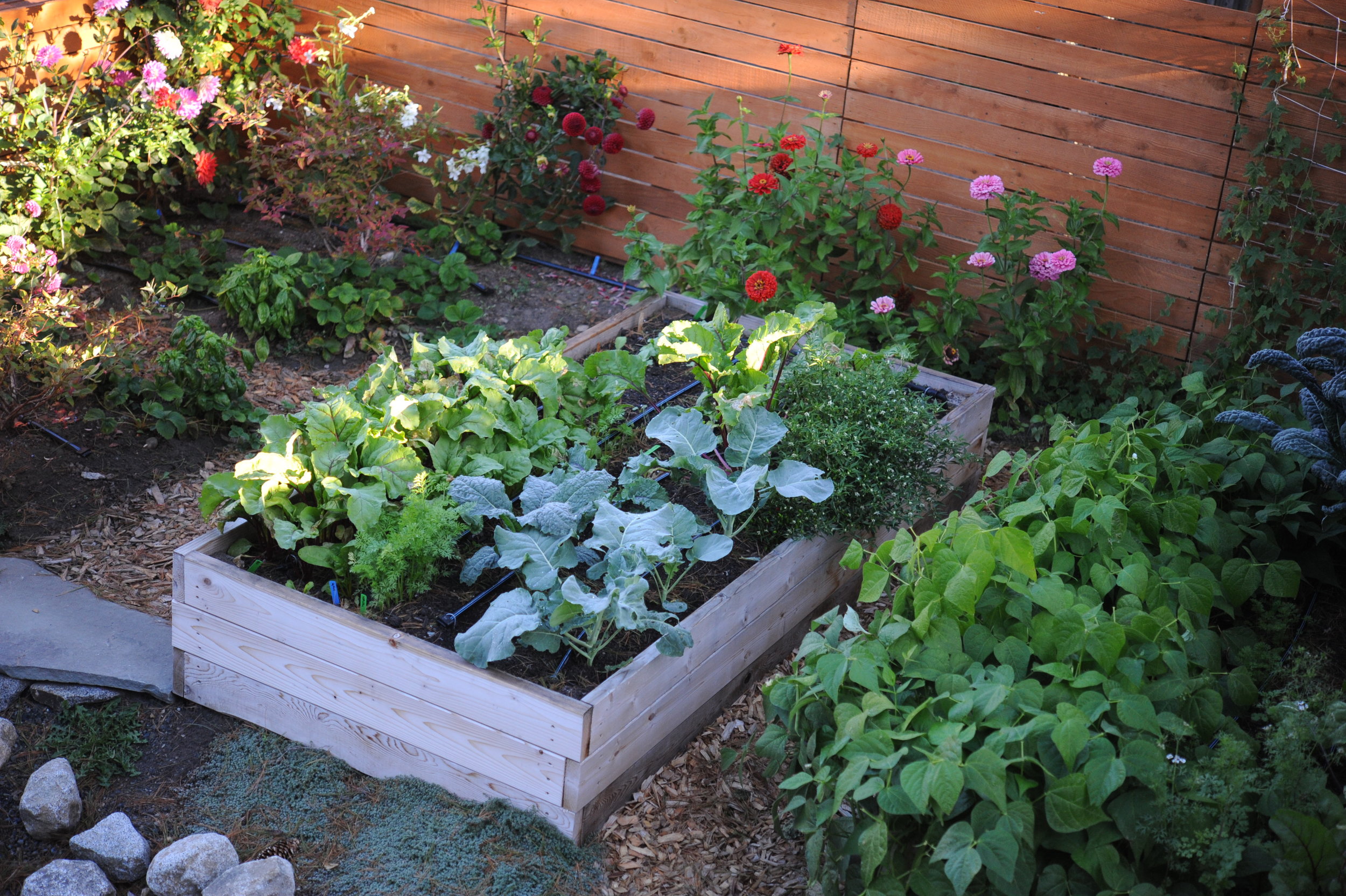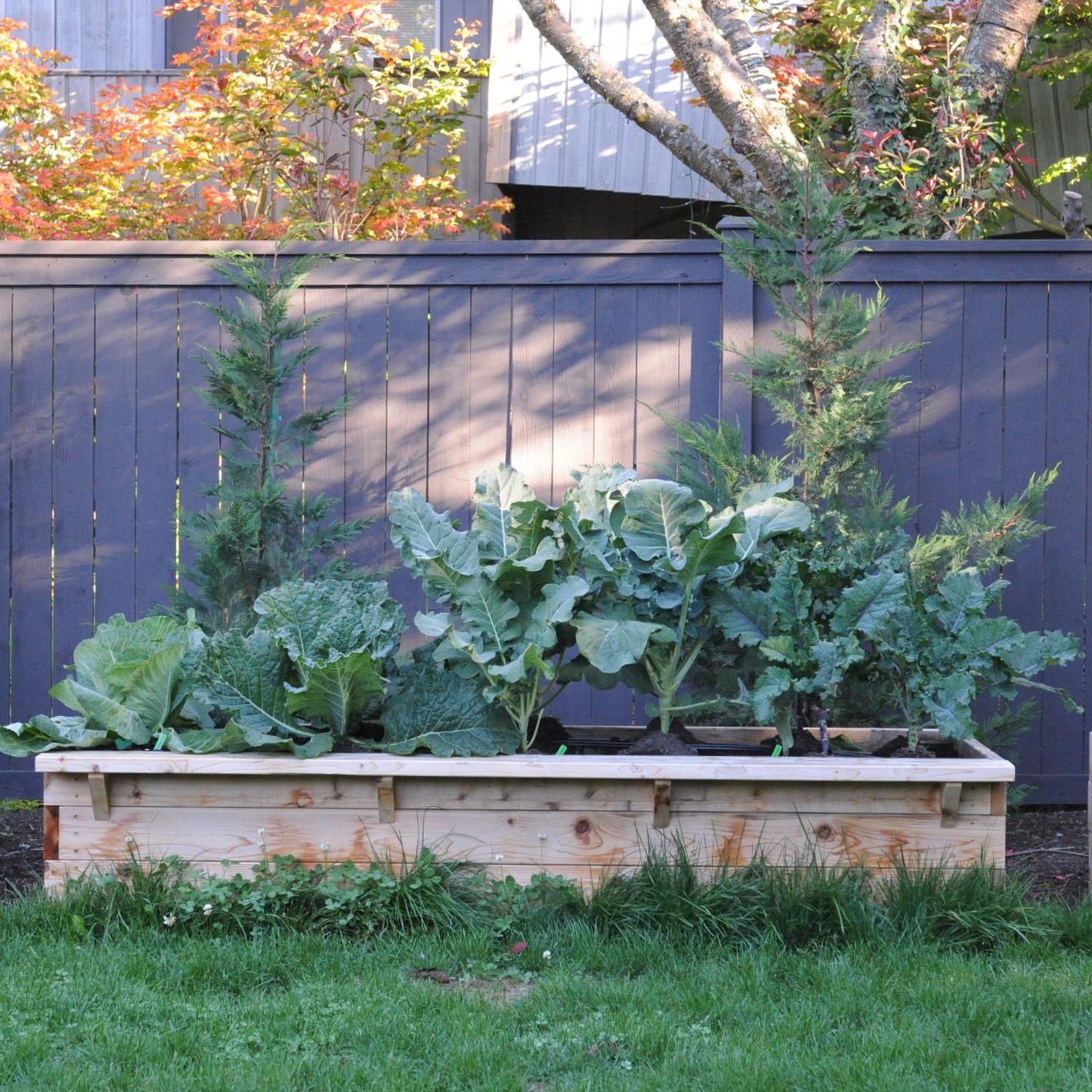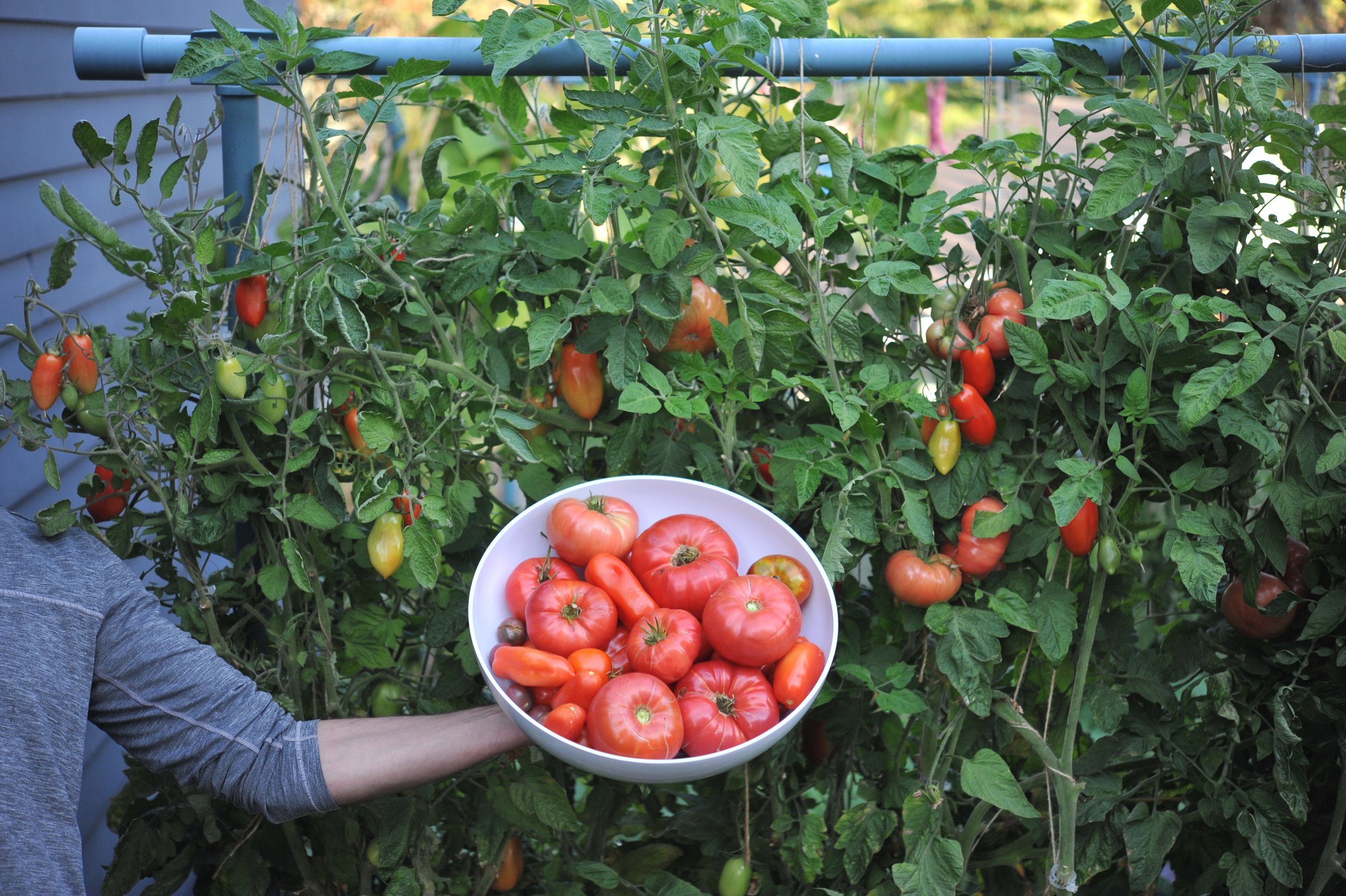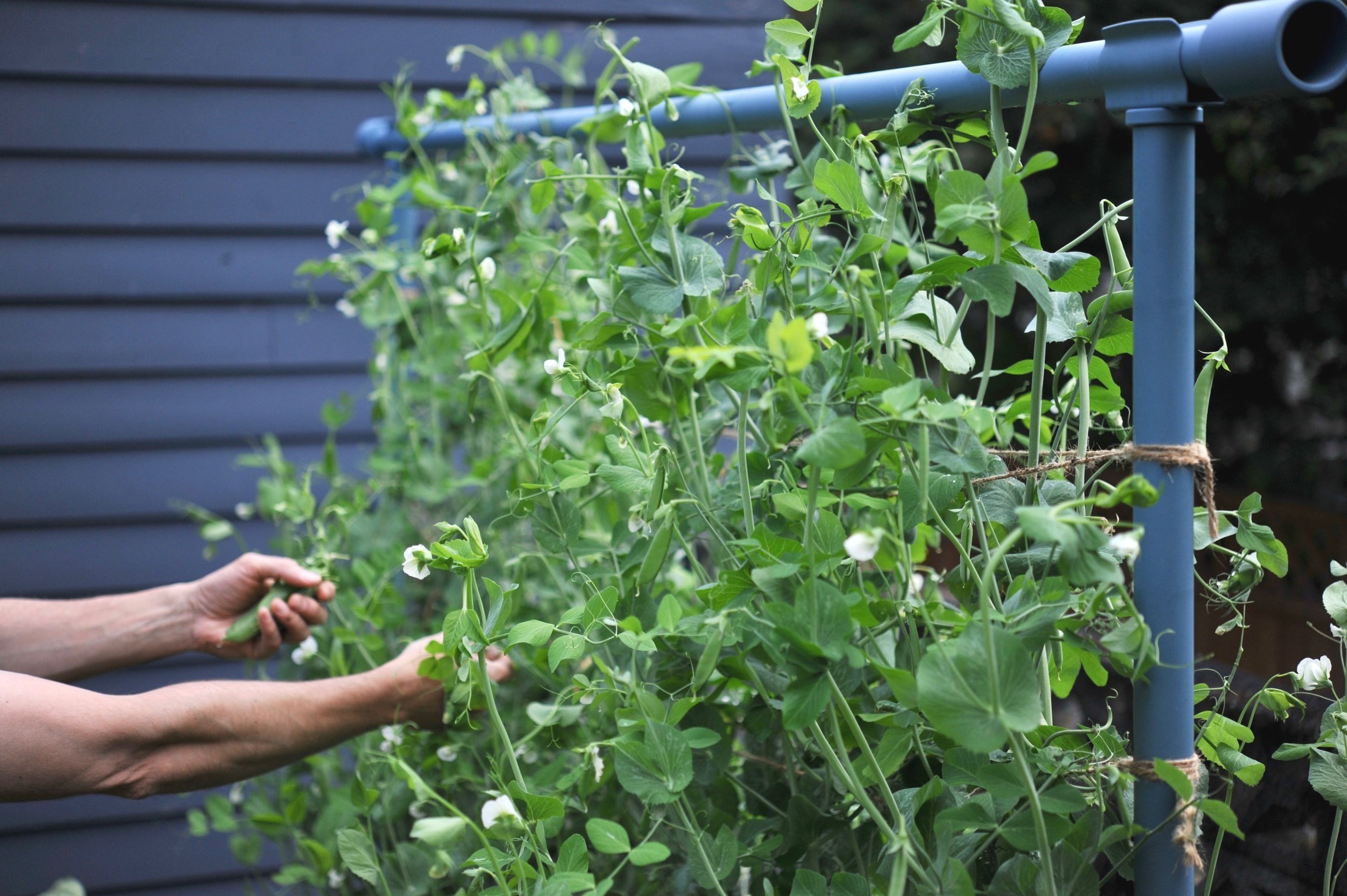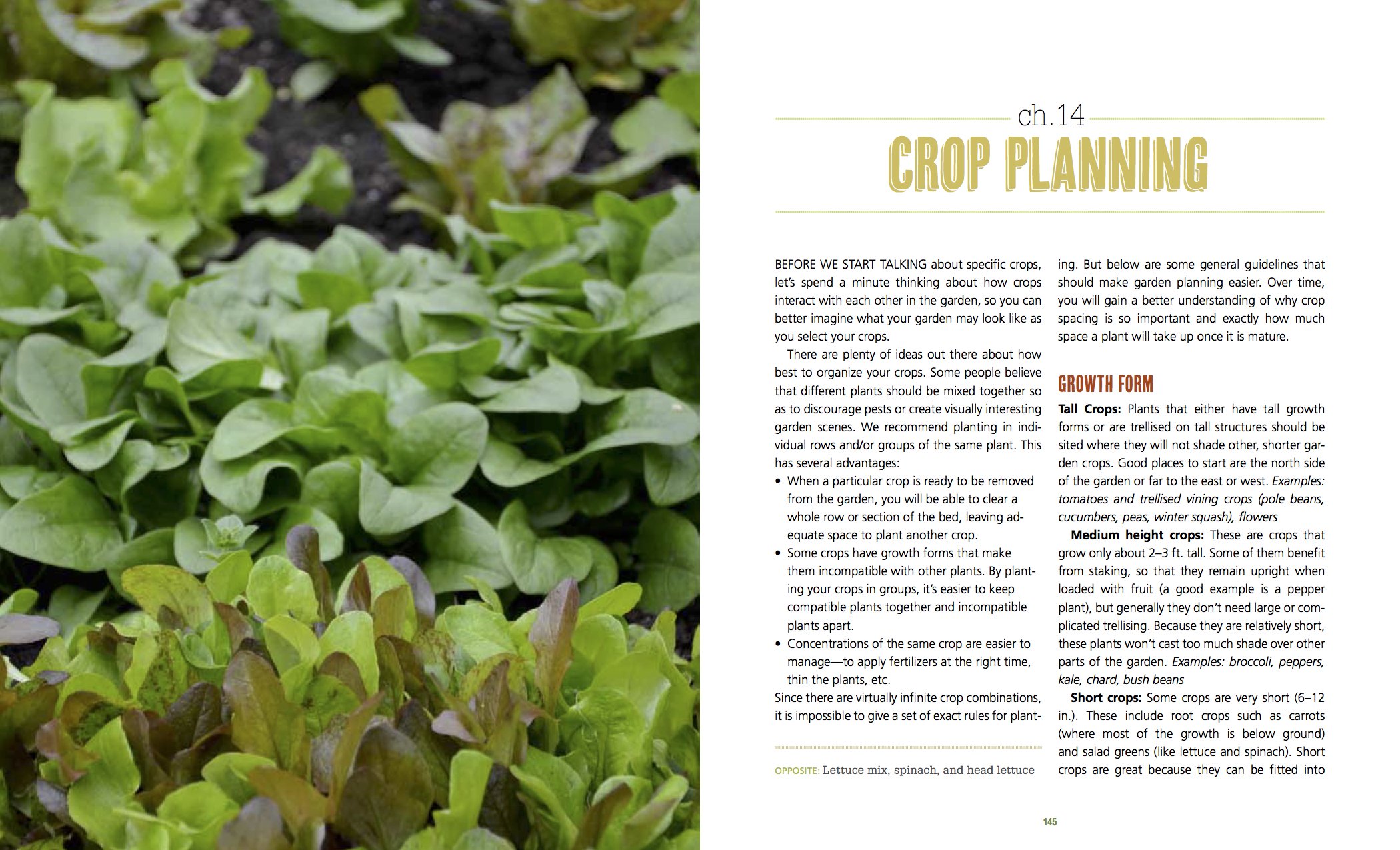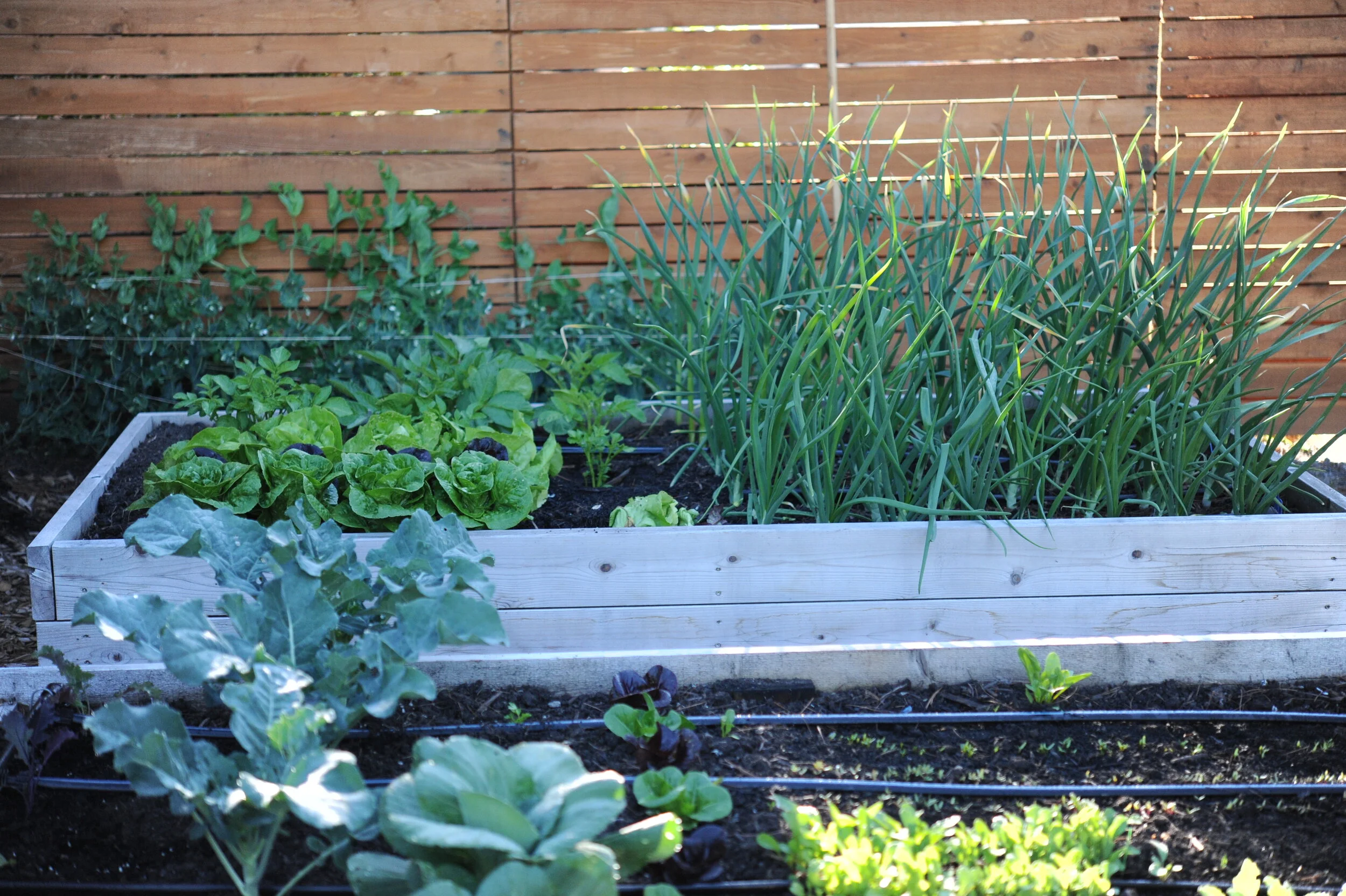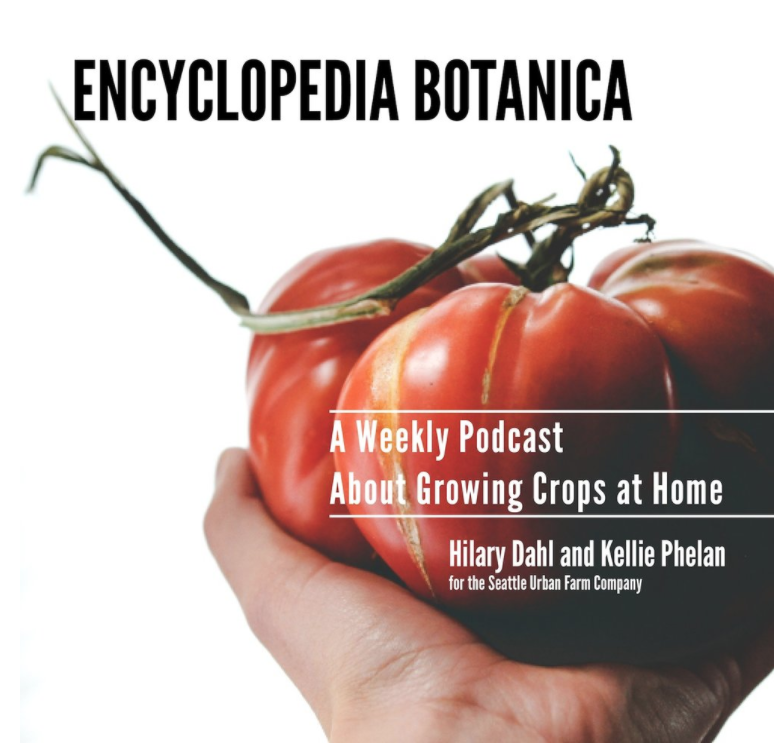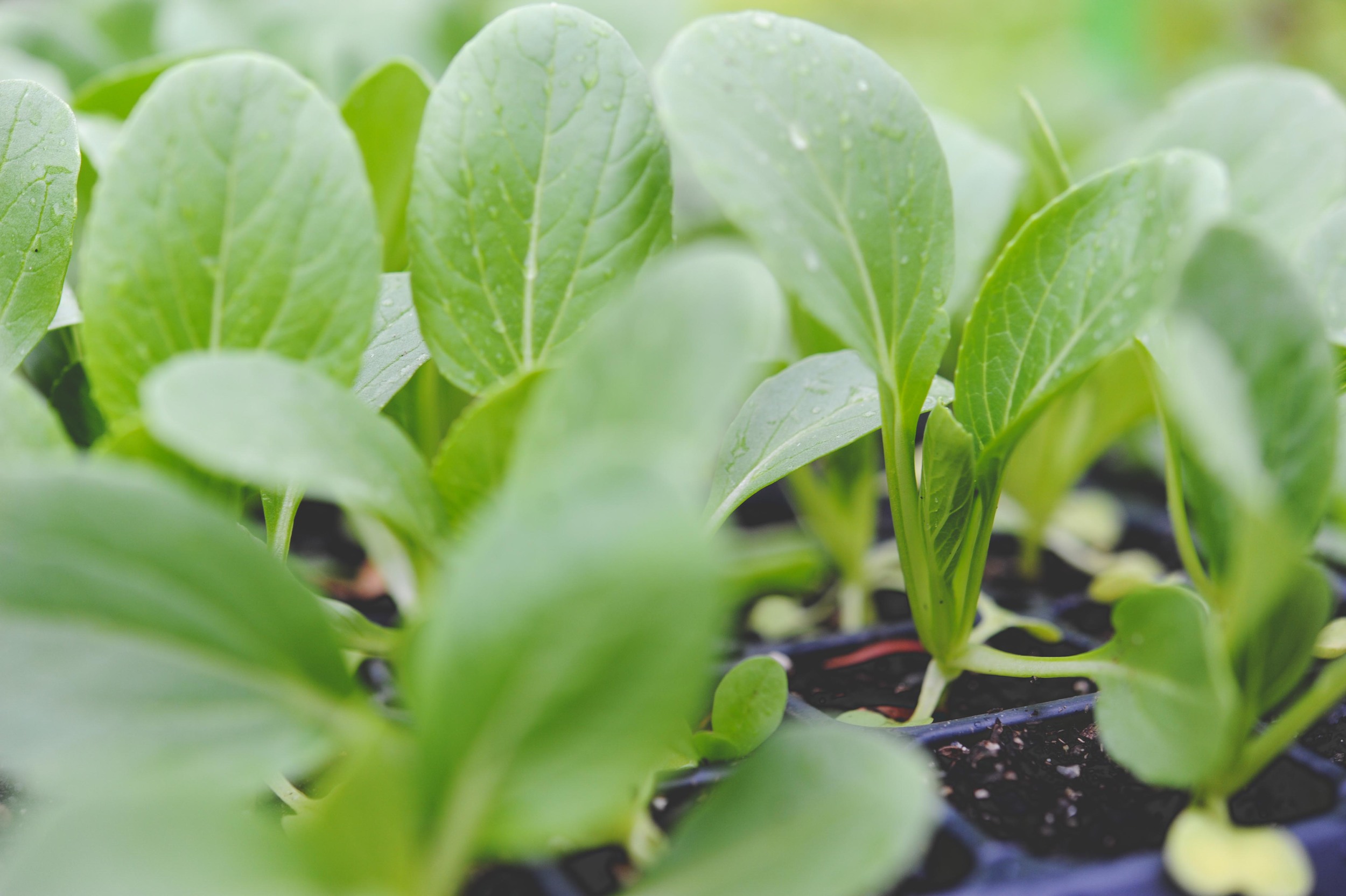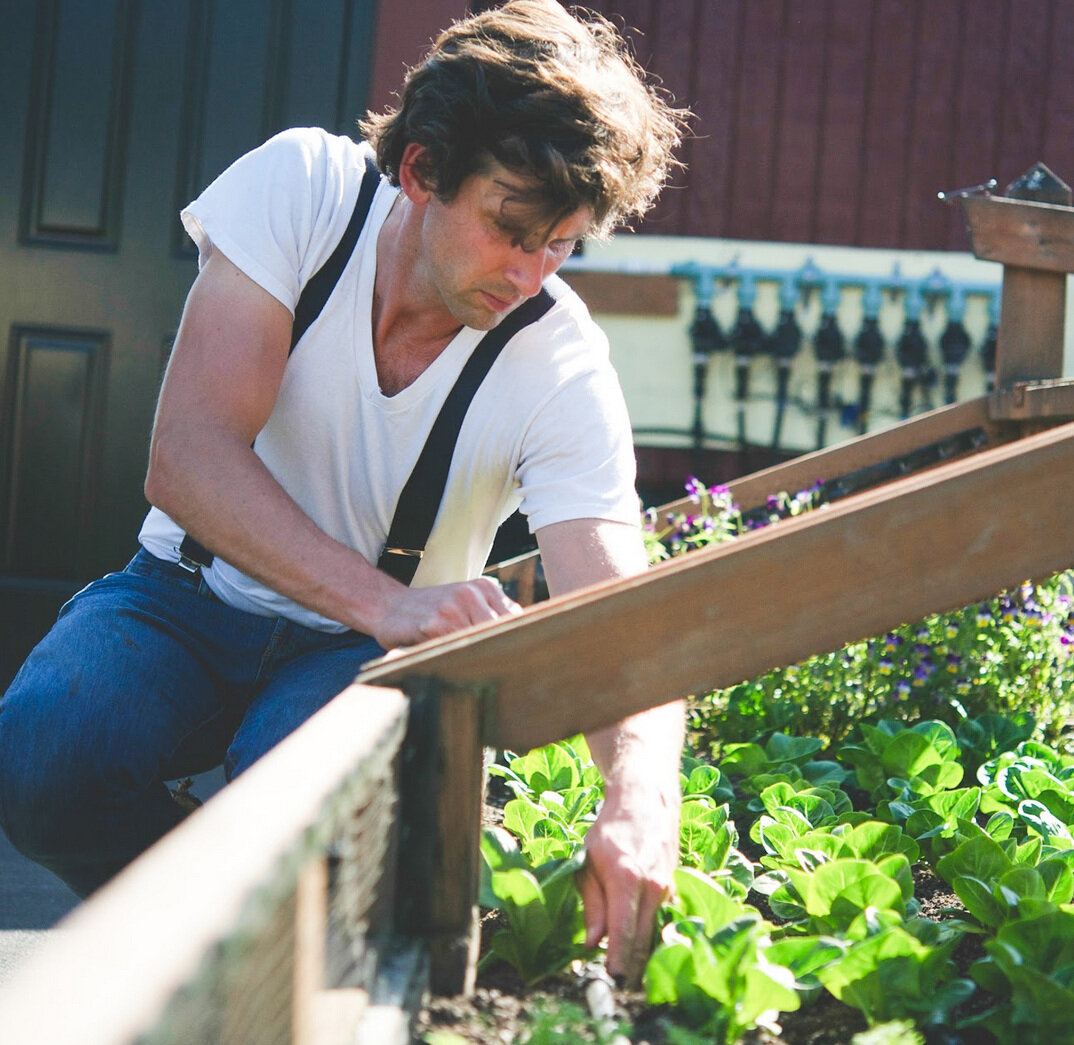This is the first of many episodes we will share over the next few months on the topic of garden planning. Right now it is the beginning of December and it may seem a bit early to start thinking about planning your garden for next season. No matter how simple or comprehensive your garden plan will be, these episodes will be here for you to revisit as many times as you'd like over the coming months and seasons to help you devise an intricate plan or simply serve as an inspiration for future projects.
HOW TO LISTEN:
Listen right now in your browser by clicking above.
Subscribe in iTunes (or your favorite podcast player) to have our podcasts sent directly to your device.
SHOW NOTES:
In this episode, we discuss:
Lifespan of annual crops
Days to maturity
Succession planting
Important Take-aways:
Regardless of your prior experience, knowing more about the life span and growth cycle of your crops will help you make decisions about what to plant, when to plant it, and how much of it to plant.
I like to break annual crops into 4 different categories: Short season, half season, long season, and super long season.
Short season crops can be grown from seed or from transplants and are usually ready to harvest in 20-60 days. Since they grow quickly, you can plant these crops several times over the course of the year. Examples include arugula, cilantro, lettuce, radishes and spinach.
Half season crops take roughly half of a typical growing season to reach maturity. They usually reach maturity in 50-80 days. Examples of half season crops are bush beans, carrots, beets and many Brassica crops like cabbage, cauliflower and broccoli.
Long season crops take around 70-120 days to reach maturity. In some climates, that's almost the entire growing season. Examples include melons, peppers, tomatillos, tomatoes and winter squash.
Then there are the super long season crops. Super long season crops tend to be planted in the fall and are harvested the following summer. As an example, garlic is typically planted in late fall and then harvested the following June or July, so the crop may be in the garden for up to 9 months.
Plant crops with similar lifespans together.
How a crop is harvested will effect how long it will remain in the garden.
Below: The first shows the empty half of the raised bed after the onions and garlic (see top photo) were harvested. The remaining photos show how the empty portion of the bed was planted with half-season crops after the onions and garlic were pulled.
Heard on the Episode:
“For me, one super helpful concept is to simply plant crops with similar lifespans together. If you plant an entire bed with half season crops like bush beans, cauliflower, carrots and beets, you may be able to harvest all of these crops within a few weeks of each other mid-season. Opening up an entire bed will make it easier to properly prepare the soil for a new planting. ” - Hilary Dahl
“Once you understand crop lifespan and harvesting, [garden planning] actually pretty approachable. I consider myself a garden ninja now, packing as many crops one after another that I can into my small space.” - Kellie Phelan

Hilary Dahl is a co-owner of Seattle Urban Farm Company and host of the Encyclopedia Botanica podcast. Since 2010 Hilary Dahl has been helping beginning and experienced growers create beautiful and productive gardens. She has the unique experience of working in on a wide range of projects, from small backyard garden plots to multi-acre vegetable farms. She also works in her own garden every day after work. Hilary is also the creator of our podcast, the Encyclopedia Botanica, which she started as a way to share effective and efficient garden management techniques, and as a way to spread her love of growing food and flowers!
Colin McCrate has been growing food organically for over 25 years. He worked on a variety of small farms in the Midwest before moving to the west coast in 2003 to teach garden-based environmental education. He founded the Seattle Urban Farm Company in 2007 with the goal of applying years of horticultural and agricultural expertise to help aspiring growers get projects off the ground or more accurately; in the ground.
Since starting Seattle Urban Farm Co in 2007, he has helped guide hundreds of urban farmers through the design, construction and management of their own edible landscape. Colin is the author of three books; Food Grown Right, In Your Backyard(Mountaineers Books, 2012) and Grow More Food (Storey Publishing, 2022); and is a garden writer for the Seattle Times.
